Milan: 15th place in our ranking

The results obtained by Milan are typical of a quality city such as this Italian location, occupying 15th position in the global ranking. Among its main positions, its fourth position in public transport or the seventh position it shares in both culture and leisure stand out.
Industrial development is one of the main characteristics of Milan, which is also renowned for its relevance in the international fashion world. This has attracted many people, who have not hesitated to move to this Italian city to explore new career options. Our respondents considered Milan to be worthy of 15th place in the final ranking of European cities.
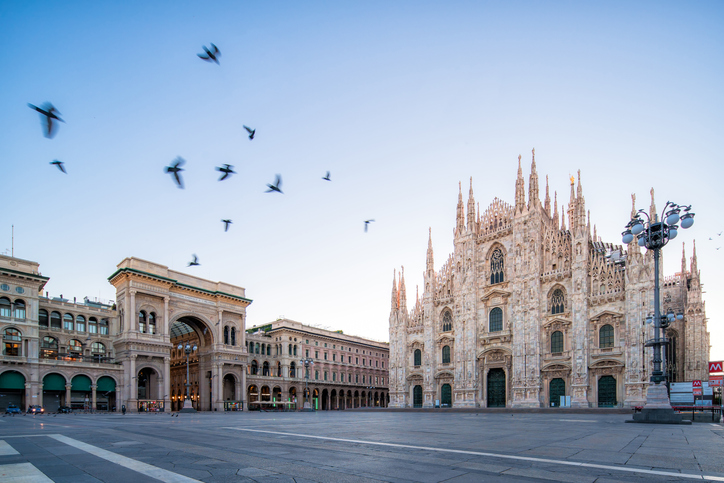
Life in Milan is characterised by high temperature levels that are often experienced at frequent times in both winter and summer. However, the overall perception of respondents is positive and in our study it is ranked sixth overall in Europe.
It has a climate that is consistent with each season and this compensates for the problems experienced at the hottest and coldest times of the year for many respondents. It is especially important to quickly get used to adopting specific clothing during the hottest periods, when temperatures can reach 40ºC, and during the coldest periods, when temperatures drop.
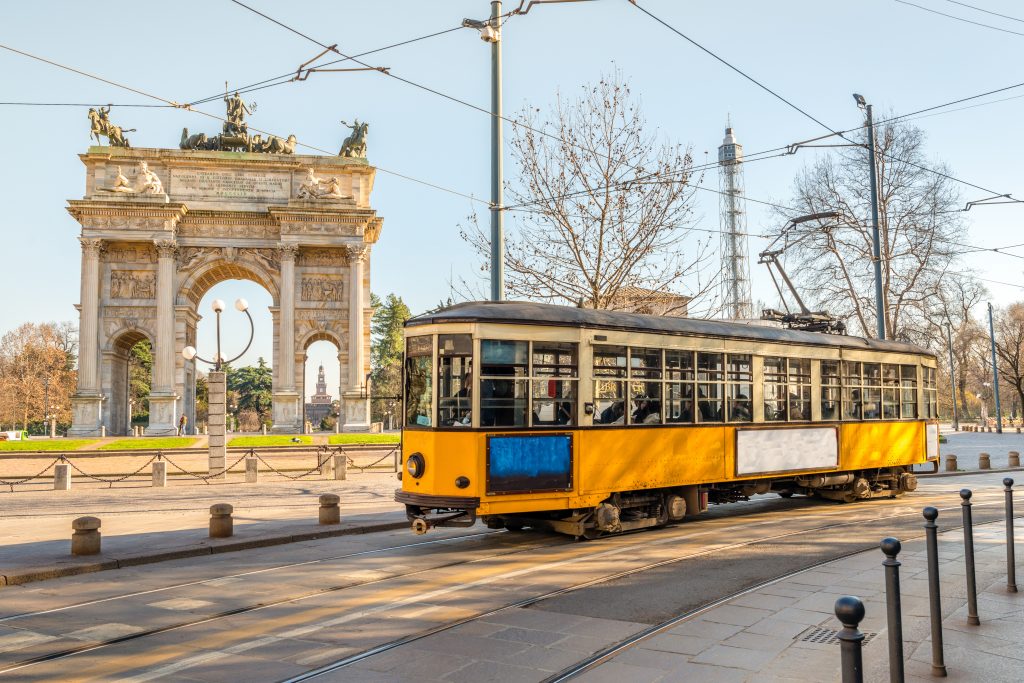
Milan is not a large city and this avoids excessive reliance on public transport. This is a good thing because the metro network is not very convenient. It was built in the 1960s and hasn’t changed much since then, so the layout of lines and connections is a bit complex.
The tram and bus networks become even more necessary, especially because they reach points that cannot be reached by metro. New residents, however, will need to get used to their routes. But once they do, it will be a great support for getting around on a day-to-day basis.
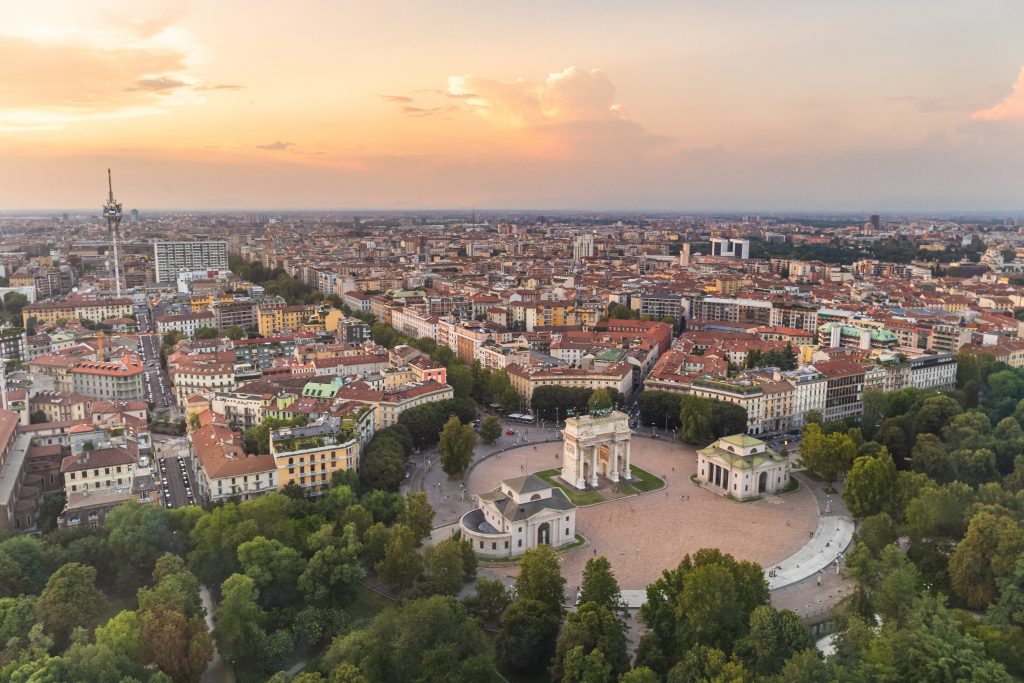
There are only seven universities, but Milan has one of the highest numbers of university students in Italy, as well as a high academic success rate. Some of its main universities include the University of Milan or the University of Milano-Bicocca, which specialises in science and technology.
En outre, Milan is home to more than 20 international educational institutions, such as the American School of Milan, the British School of Milan and other centres such as the ICS Milan International School or the Lycée Stendhal Milan dedicated to teaching French.

The food in Milan generates good impressions, but is less impressive than in other cultures and regions of Italy. It did not make it into the top 10 chosen by our respondents, but is no less deserving of attention. The inhabitants of Milan enjoy dishes such as cotoletta alla milanese, vitello tonnato, ossobuco or risotto alla milanese. As you can see, the city encompasses some of Italy’s top recipes, but gives them its own unique twist.
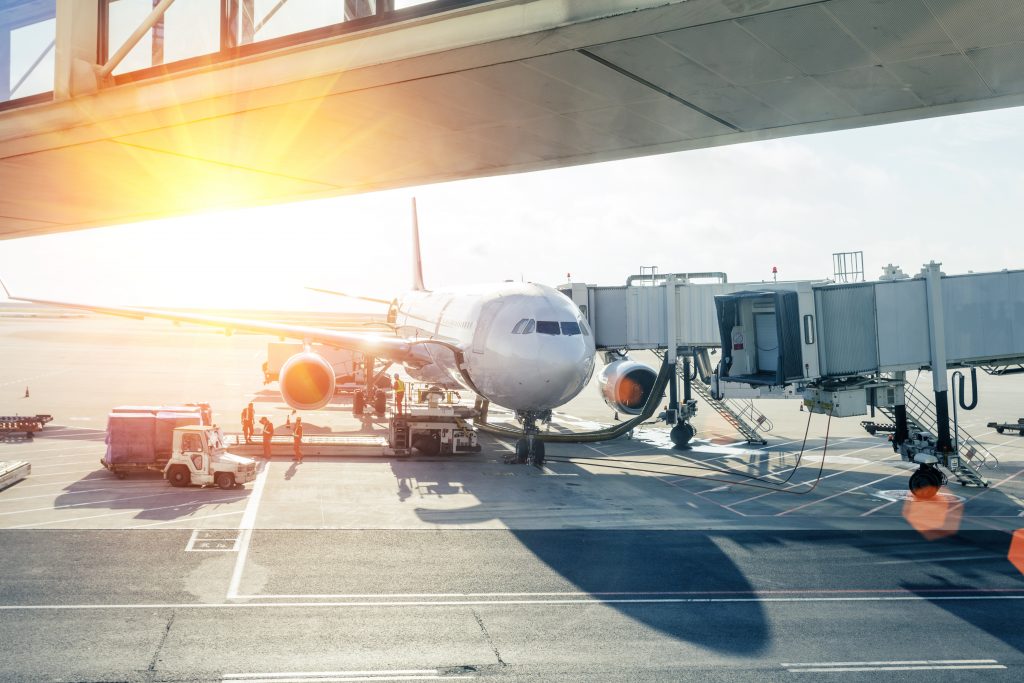
Milan is not noted for the location of its airport, which is in the Varese area, an extremely distant 35 km from the city. While there are good connections to get there easily, such as by bus or train, it takes a long period of time to get there, and this makes it very difficult to get around. Milan has two other airports, but this is the main airport. On more than one occasion, this airport has been recognised by the media as the worst in Europe. The city has extensive international links with sister cities such as Chicago, Frankfurt, Dakar, Osaka and Tel Aviv.
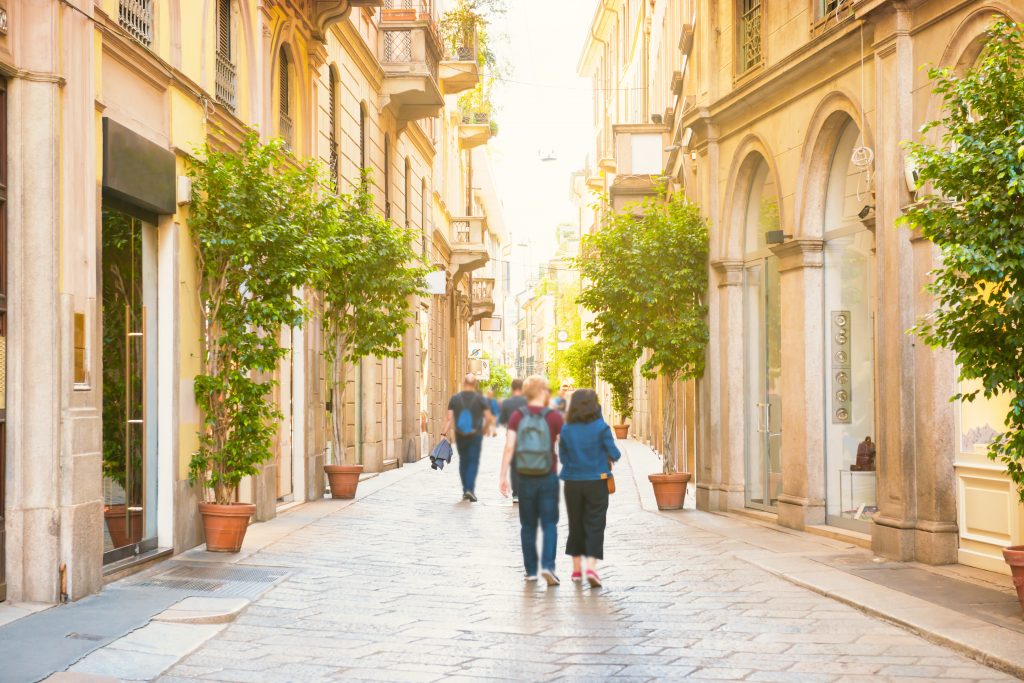
The crime rate has increased significantly in recent years, making Milan a less attractive city for new residents. Incidents such as robberies and attacks have been reported on a frequent basis, which means that the police have to be on the alert for incidents.
Among the most dangerous neighbourhoods is Quarto Oggiaro, although the Maciachini and Portello areas, with which it is also connected, should also be avoided. Unfortunately, there are many other areas with a high number of incidents, such as Brenta-Corvetto.
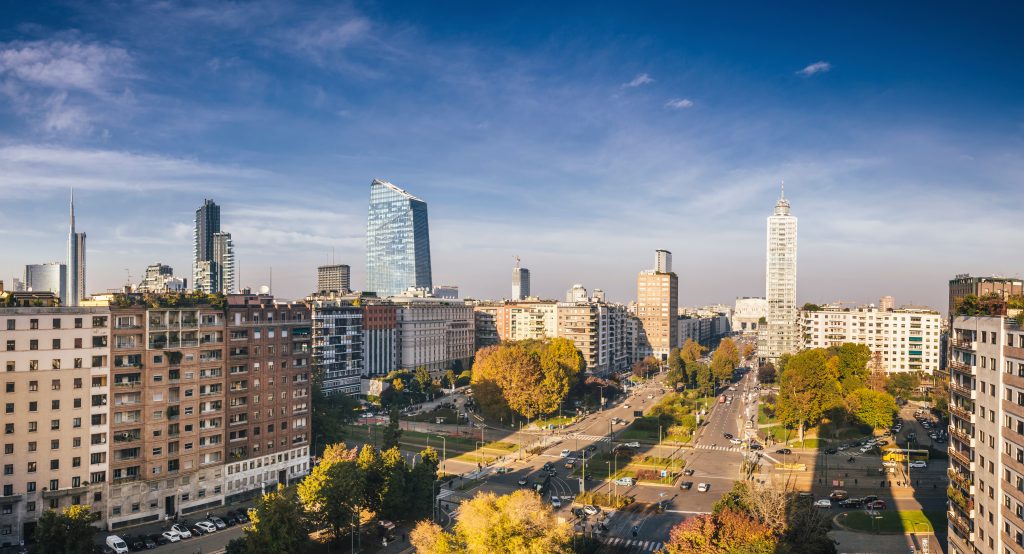
Despite not being included in the top category, Italy has worked hard to make Milan a place that is applauded by people around the world for its commitment to sustainability and the environment.
Milan is a socially sustainable city where everyone works together to make it a better place to live. They have very committed initiatives to recycle, to generate less waste and to use non-polluting energies. Their sustainability strategy is showing results and setting an example for many other places.
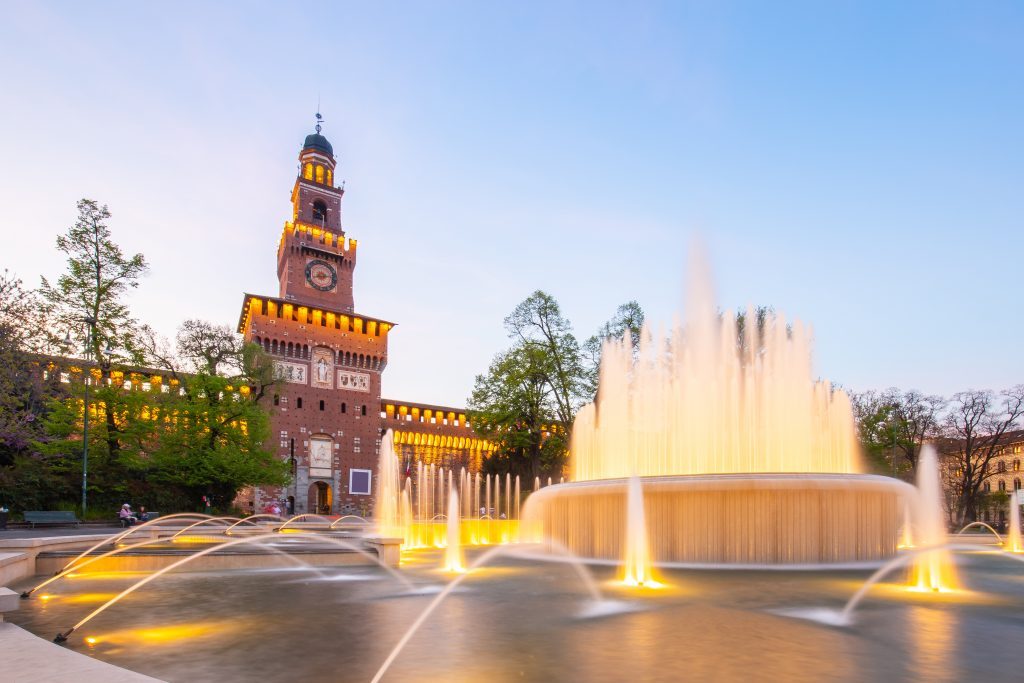
In line with other popular cities, Milan is one of the most expensive places to live in Italy and in Europe in general. Flat rents are above the average for other cities and complicate the experience for those moving to the city as a destination to live in on a foreign salary.
But if teleworking is complex, living with a job in Milan is much simpler. Food prices are at a good level, but leisure and other activities are expensive. The same goes for utility bills.
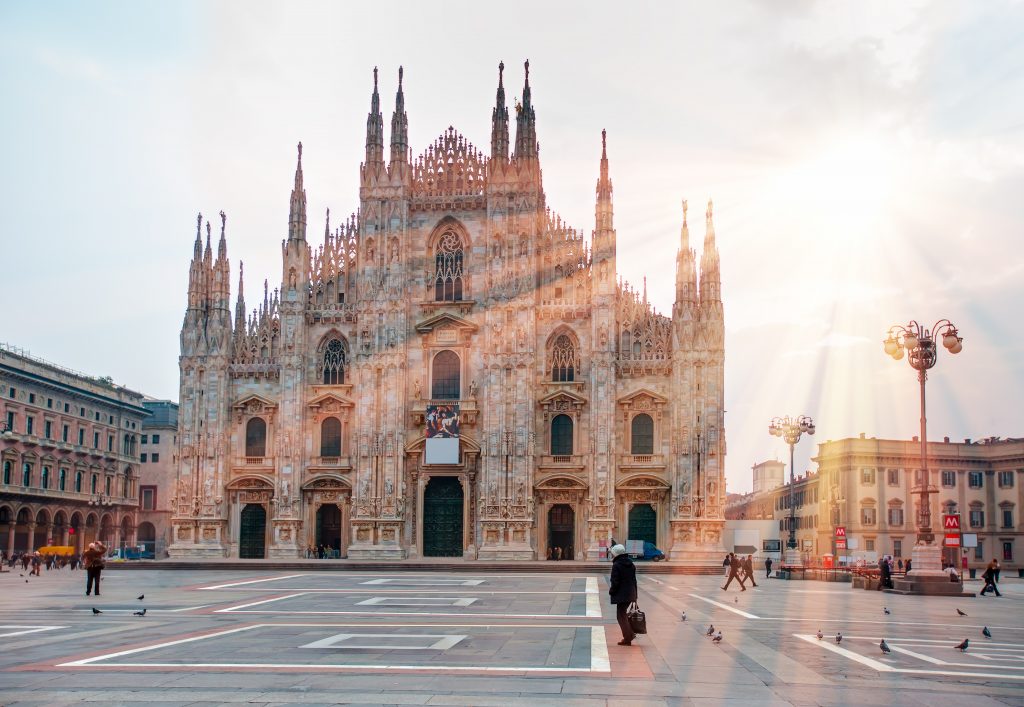
Milan comes seventh in the culture category according to our respondents. It does so thanks to places like the Castello Sforzesco, a historic fortification that is surrounded by museums and places of interest with all kinds of exhibitions. Of course, respondents’ mentions highlight the popular Duomo as the city’s main tourist attraction.
The city has great art galleries and museums that reflect the way art has evolved through the ages with different styles. Some recommendations include Pinacoteca di Brera, Museo del Novecento or the Triennale art and design museum.
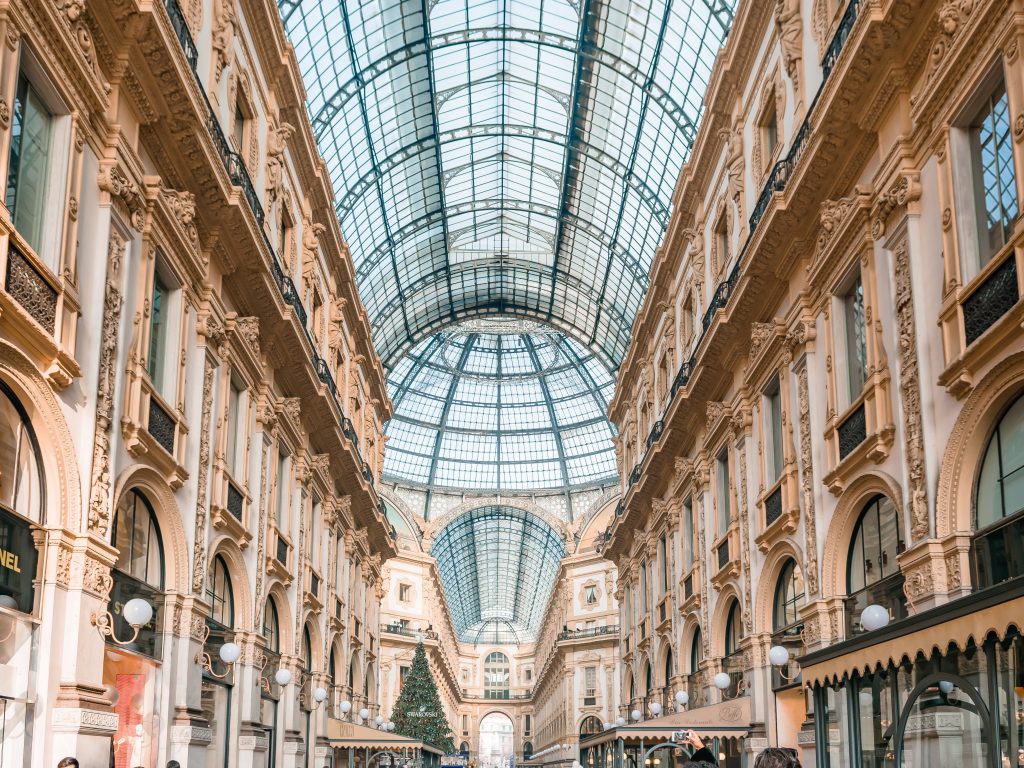
There is no doubt that shopping is one of the most popular things to do in the city. As in culture, Milan is in seventh place in the table, standing out for the great variety of establishments in the streets Via Montenapoleone and Via della Spiga.
The best parks to spend the day in include Sempione Park or Parco Sempione, the latter being one of the most recommended options to go with children due to the large open space it provides and the many activities that can be practised.
